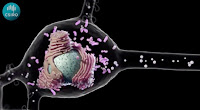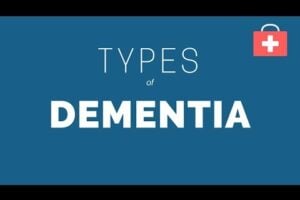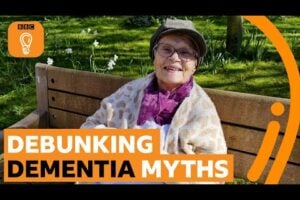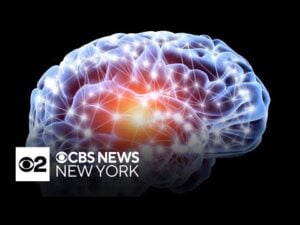BRILLIANT ANIMATED VIDEO:
Plaque is the prime suspect behind Alzheimer’s. What is it? Where does it come from? How does it do its damage? See this clear 3-D animation.
See transcript below video…
Transcript
Alzheimer’s disease is a major unsolved puzzle in medical research.
[Image: close up of brain cells]
Currently there is no cure, no effective treatment, not even certainty about its cause.
[Image: human brain]
As Alzheimer’s disease progresses brain tissue shrinks and dies.
[Image: brain tissue shrinking and dying]
This causes a gradual loss of short term memory, difficulties thinking, confusion and behavioural changes, ultimately leading to death.
[Words appear on screen next to brain – Memory Loss, Difficulty Thinking, Confusion, Unusual Behaviour. Image then changes to show picture of brain cells]
An early sign of the disease is the build-up of plaques around the cells in the brain.
[Image: plaques appearing on cells in the brain]
For decades it was unclear what these plaques were made of. We now know they are made from one of your body’s own proteins.
[Image: close up of proteins in the brain]
Plaques develop from this protein called APP which occurs on the molecular surface of brain cells. Like all proteins APP has a use by date. It needs to be broken down and recycled to keep your cells healthy.
To understand how APP is recycled and forms plaques we need to look inside the cell.
[Image: inside of a brain cell]
Here we see other proteins assembling on the inner surface of the cell creating a lattice.
[Image: different proteins assembling and overlapping on surface of a cell]
This structure plucks away a piece of the membrane forming a package called a vesical which contains APP proteins.
[Image: picture of a vesicle]
The lattice disassembles allowing the vesicle to transport APP to other parts of the cell.
[Image: proteins detaching and floating away]
The parts of the APP that were on the outside of the cell are now on the inside of the vesical.
[Image: original proteins on inside of vesicle]
Vesicles are constantly transporting proteins back and forth between different parts of the cell.
[Image: vesicles floating in and out of a cell]
This continuous transport is needed so that old or damaged proteins can be broken down and recycled into fresh new proteins keeping the cells healthy and functional.
[Image: close up of proteins]
The first step in this break down is done by an enzyme that cuts the part of APP that was previously outside the cell.
[Image: enzyme attaching to a protein and protein detaching]
This leaves a stub of APP embedded in the membrane.
[Image: proteins detaching and floating away]
A second enzyme cuts the remaining stub leaving smaller fragments that are then released from the membrane.
[Image: stubs detaching and floating away]
Normally these fragments are further broken down but during Alzheimer’s disease one of the fragments escapes recycling and instead accumulates outside the cell.
[Image: fragments joining together]
At higher concentrations these fragments begin sticking together to form long fibres. The fibres clump together in masses called plaques.
[Image: plaques attached to brain cells]
The build-up of plaques in the brain can take place over several decades and is one of the main indications of Alzheimer’s disease.
[Image: human brain changing colour. Image changes to show a healthy human brain next to an Alzheimer’s affected brain]
Plaques can occur years before any loss in brain function is seen.
[Image: blood cells moving along a tunnel]
Recently scientists have identified changes in blood proteins that also occur years before the onset of Alzheimer’s.
[Image: scientist holding test tube of blood]
This work has led to new blood tests that can easily and accurately diagnose Alzheimer’s disease before symptoms occur.
[Image: scientist placing test tube in rack with others]
These new diagnostic tests together with other rapid advances in the life sciences mean we are closer than ever to solving the century long enigma of Alzheimer’s disease.
SOURCE:
- CSIRO











